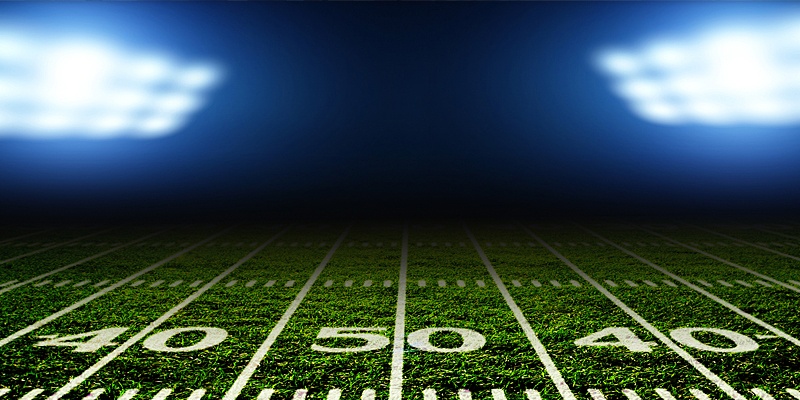
Football season is back in action and with thousands of fans swarming into stadiums to cheer on their favorite NFL or college team, the term “safety” must be applied to more than just a defense position on the field. Large crowds, intense rivalries and vast venue landscapes, there are several variables that pose major security threats.
Game day security begins outside of the stadium in the parking lot where cameras, guards and first responders should be monitoring all tailgating activities. and that the stadium interior requires multiple, strategically integrated security layers to create a stronger system as a whole.
Best security practices for stadiums, arenas and large entertainment venues:
- Typically, an open-standards, enterprise access control platform serves as the system base. Access control also protects areas of high operational value such as the security operations center, team locker rooms and data centers. Keypads eliminate the need for keys, which can be lost, stolen or copied. Entrances should enforce strict policies as to what fans can bring in to the facility and have always have a checkpoint with metal detectors. Inconsistent performance from multiple service providers.
- Video is a vital layer. The NFL requires at least 16 pixels per foot from cameras monitoring seating areas. Extreme high-resolution 4K cameras meet the standard using fewer units. One 4K camera can replace three 720p cameras. Hundreds of other high-resolution, IP-based cameras are needed to monitor the stadium concourse, private suites, exterior perimeter, parking lots and garages and other public areas.
- Intrusion sensors protect ticket booths, concession stands and retail shops – any place where money is handled. A real-time incident management system can immediately alert security to staff-defined events such as fights in the stands or a door improperly left open. Mobile apps get security officers out of the command center, letting them stay in touch with the systems while patrolling the stadium.
Pre-game conditioning
Make sure stadium security meets current standards with an annual risk assessment conducted by an experienced integrator. Technology is continuously improving among the internet of things (IoT) and with 50,000 to 100,000 fans in the stands there’s no room for error.
For more information on game day best practices, visit the National Center of Spectator Sports Safety & Security (NC4S). This 11-year-old organization is the nation’s only research center devoted to the study and practice of spectator sports safety and security.